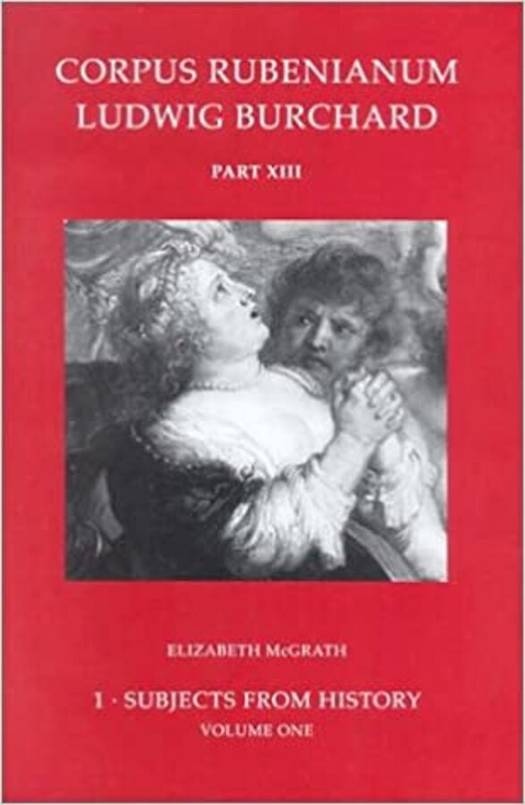
- Afhalen na 1 uur in een winkel met voorraad
- Gratis thuislevering in België vanaf € 30
- Ruim aanbod met 7 miljoen producten
- Afhalen na 1 uur in een winkel met voorraad
- Gratis thuislevering in België vanaf € 30
- Ruim aanbod met 7 miljoen producten
Zoeken
€ 354,45
+ 708 punten
Omschrijving
For Ruben's age, as for the ancient Romans, history was valued for the lessons it taught. Rubens was deeply interested in history, particularly the works of the ancient writers like Ovid, Plutarch and Juvenal, which were full of exemplary figures. Yet unlike many Renaissance artists who merely sought texts they could illustrate, Rubens was familiar enough with classical writings to interpret them with originally and wit - always with an eye for the visually striking aspect. He was thus uniquely qualified to respond to the requirements of particular commissions with exemplary themes like The Continence of Scipio, The Justice of Cambyses, The Devotion of Artemisia and The Courage of Cloelia. Elizabeth McGrath recreates the context in which Rubens worked and casts new light on rarely discussed and misidentified subjects. Also included is a detailed analysis of the tapestry cartoons on the life of Romulus, now in the National Museum of Wales, relating the series to all relevant studies, paintings and tapestries.
Specificaties
Betrokkenen
- Auteur(s):
- Uitgeverij:
Inhoud
- Aantal bladzijden:
- 690
- Taal:
- Engels
- Reeks:
Eigenschappen
- Productcode (EAN):
- 9780905203690
- Verschijningsdatum:
- 1/01/1977
- Uitvoering:
- Hardcover
- Formaat:
- Genaaid
- Afmetingen:
- 185 mm x 267 mm
- Gewicht:
- 2653 g

Alleen bij Standaard Boekhandel
+ 708 punten op je klantenkaart van Standaard Boekhandel
Beoordelingen
We publiceren alleen reviews die voldoen aan de voorwaarden voor reviews. Bekijk onze voorwaarden voor reviews.











